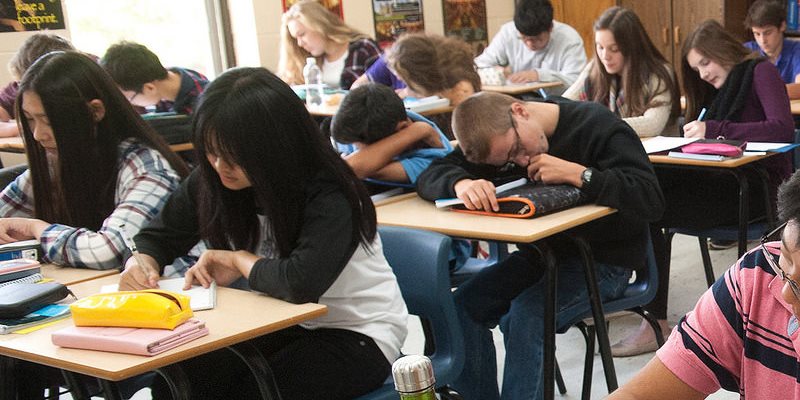PISA results reveal similarities between some provinces and European countries

Whatever happened to Finland, once hailed as an education superpower?
When results of the first PISA international tests of 15-year-olds were released in December 2000, Finland placed first in reading, third in science and fourth in math, outclassing the other 31 OECD participants. The combined novelty of comparable international test results and Finland’s surprising high scores made its education system a media darling.
Few noticed Canada placed second in reading, fifth in science and sixth in math, surely deserving an honourable mention, if not the silver medal.
Fast-forward to the most recent 2018 PISA results. Finland remains among the highest-scoring countries but has slipped in the rankings, falling to 7th in reading and 16th in math, but retaining a healthy 4th place in science. (Although in 2018, there were 78 participating systems, more than twice as many as in the first round.) Still, the big news was the rise of Asian education systems, with “B-S-J-Z” China and Singapore taking first and second places in all three subjects.
Finland nonetheless remained a high flyer among OECD members, placing 3rd in reading and science, but only 11th in math. Even so, there was a new OECD champion—Estonia, which placed 1st in reading and science and 3rd in math. Once again Canada had a claim to the silver medal among OECD members, placing 2nd in reading, 5th in science and 7th in math.
Both Estonia and neighbouring Finland are small compact countries with strong historically rooted identities and homogeneous cultures, whereas Canada is much larger and linguistically diverse, with something of an identity problem. So perhaps it would be more appropriate to compare these countries to Canadian provinces, each of which has its own distinct education system.
In head-to-head comparisons Canada’s best-performing provinces stack-up very favourably to both Estonia and Finland. Both Alberta and Ontario had higher average scores in reading than the two European countries, although the small differences between scores fell within the margins of error, forcing a statistical tie. In math, Quebec was statistically tied with Estonia but significantly outscored Finland. In science, Alberta again outscored both Estonia and Finland, with the scores once more within the margins of error, making them statistically indistinguishable.
As it turns out, then, Finland remains a top-performing country in the PISA results where it has now been joined by neighbouring Estonia. Although seldom noted, Canada continues to rank close to these two oft-lauded countries with our best-performing provinces matching or outperforming each. Still, Asian school systems are now topping the PISA charts, although the representativeness of top placed B-S-J-Z (China), which tests students from only a handpicked four of China’s 23 provinces, raises concerns. If the Beijing-Shanghai-Jiangsu-Zhejiang conglomerate is sidelined, Singapore becomes the new Finland.
Author:
Subscribe to the Fraser Institute
Get the latest news from the Fraser Institute on the latest research studies, news and events.

